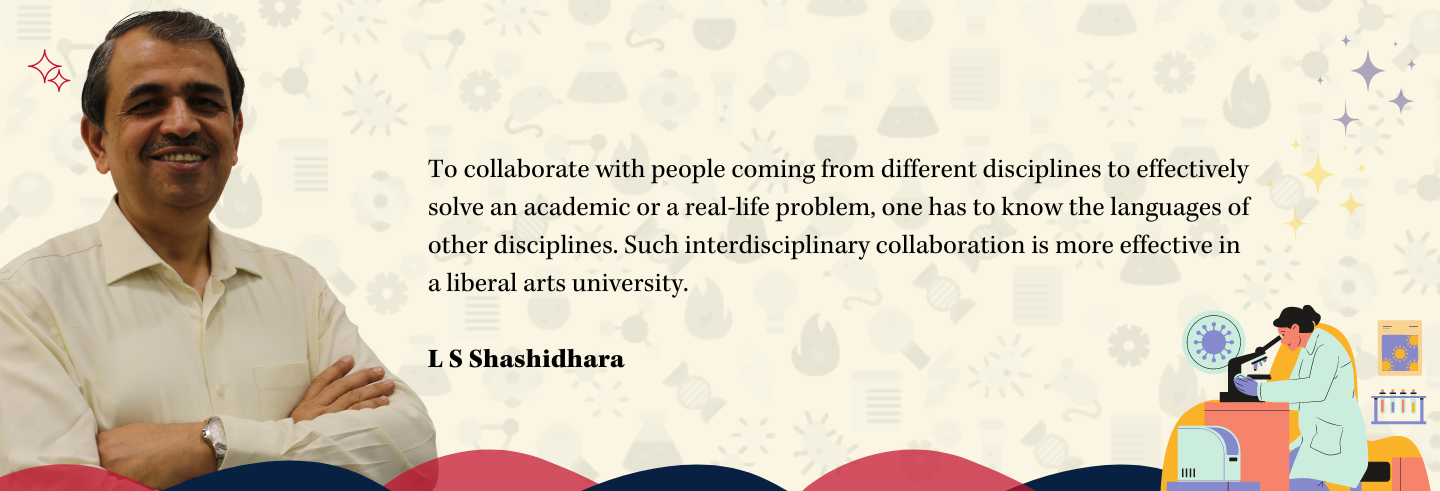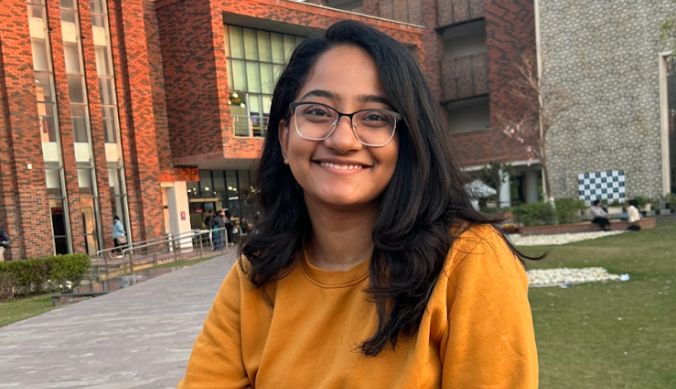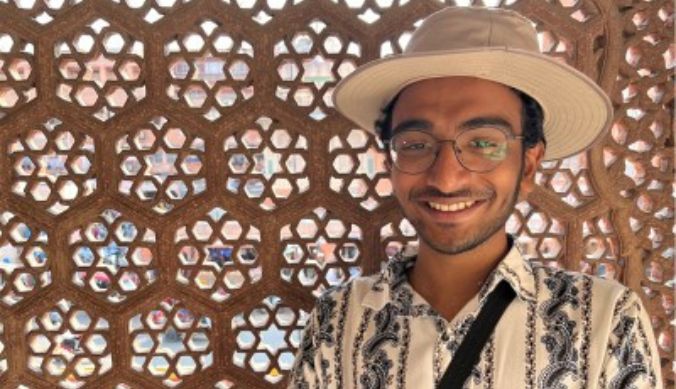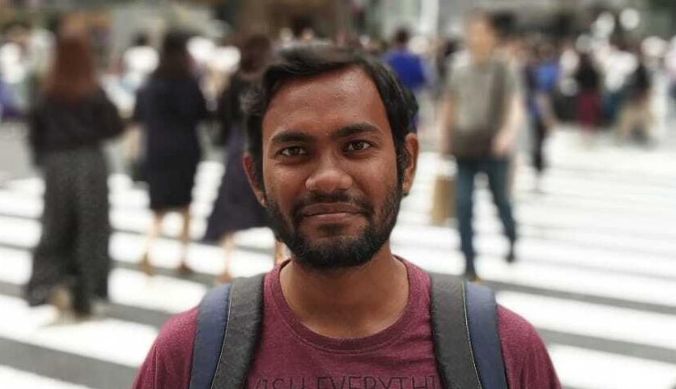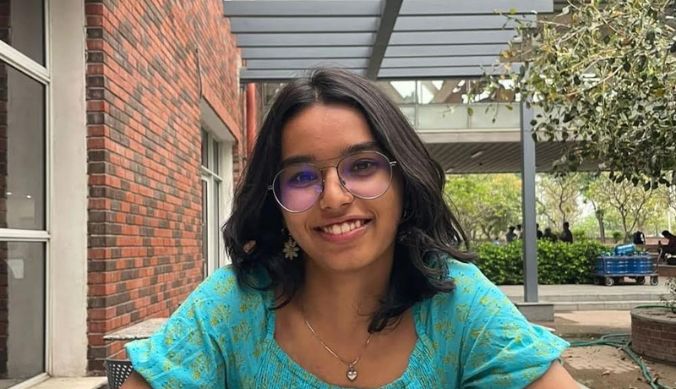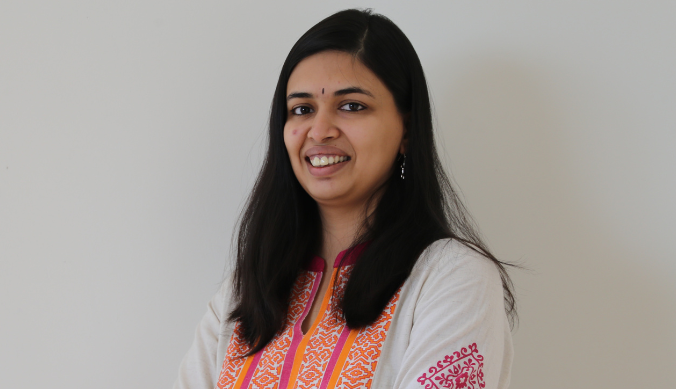Collaborative research is the way forward
Professor L.S Shashidhara, the outgoing Dean of Research elaborates on how Ashoka University is creating a liberal arts atmosphere that can enable more fruitful interdisciplinary research collaborations
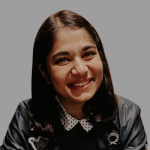
Saman Waheed
6 October, 2022 | 6m readA Professor of Biology, L.S. Shashidhara, served as the Dean of Research at Ashoka University, providing expert leadership and guidance to Ashoka University’s quest for cutting-edge research for the past three years and taking it to greater heights.
He shares his thoughts on what he thinks liberal arts education is and should be, how good research has to be collaborative, and what steps Ashoka University is taking to create that interdisciplinary space.
He believes that liberal arts education is not merely education in arts and humanities; it is learning the art of liberating one’s mind. When students enter university spaces, they walk in with some preconceived notions about their chosen area of study, not necessarily because they are deeply interested but probably because of their opinions that emerge from various biases they might hold. Therefore, the goal of curriculum design should be to liberate the minds of young students. They should be exposed to all disciplines by means of introductory courses with more discussion-based argumentative pedagogy, far different from the rote learning methods that are used in schools. In this process, there is a high chance that they discover their real interest in an area in which they like to pursue their higher studies, conduct research and academic work, or use the knowledge to solve a real-life problem.
He further says that society needs a liberal attitude. The art of liberating one’s mind means being sensitive to everybody’s opinion, views, culture, language, and regional and religious backgrounds and trying to make the best of everything. This would automatically make one more unbiased, and that has an immediate impact on the research one is pursuing. The most important criterion to do research is being unbiased. There is no point in doing any research otherwise. If they have already made up their mind as to what they want to write in their thesis, then it is not research but merely an opinion. This, therefore, means education in liberal arts effectively makes us good researchers.
Shashidhara points out that liberal arts also makes way for interdisciplinary research which further allows for multiple perspectives from different fields on the same problem. It is difficult for one researcher to conduct research by integrating more than one discipline. Every field has made significant strides and in the process has developed its own terminology. Collaboration, on the other hand, is not that difficult. To collaborate with people coming from different disciplines to effectively solve an academic or a real-life problem, one has to know the languages of other disciplines. Such interdisciplinary collaboration is more effective in a liberal arts university.
He gives an example:
I am good at biology and have reasonable depth in the field because of the research I have pursued. Now, if I have some understanding of what terminology physicists use, it would be easier for me to explain my perspective of the biological problems using some of their jargon. They, in turn, will have a better understanding of what I am saying, and when they come up with some of their insights, I will also have a better understanding of those. Therefore, we can collectively push the frontiers of knowledge. So, interdisciplinary education is about understanding the language of different disciplines, while gaining deeper insights and mastering one specific discipline. Interdisciplinary education is more effective in creating spaces for collaboration.
In his opinion, an effective liberal arts education can only take place when the faculty members are experts in their field. It cannot be someone with a superficial understanding of the field. A more conceptual understanding of the field happens only when one does research. All faculty members at Ashoka University come on board only if they have previously done research of high quality and commit to continue the same. This also ensures that they constantly experiment with syllabi and pedagogy and are better equipped to facilitate interactions and discussions in classrooms. When the students learn from the experts, they get to understand what a specific discipline is all about, and then, depending on their interests, abilities, and lifelong motivations, they pick up a specific discipline of their choice.
Shashidhara goes on to expand on what Ashoka University is doing to provide an interdisciplinary liberal arts education.
Students here have the choice to do a double major, or more than one minor, apart from the usual options. They can also run projects with more than one department. Two supervisors can jointly supervise an ASP student, a master’s student, or a Ph.D. scholar.
In terms of infrastructure, the University has set up multiple research centres that aim to review and solve some academic or real-life problems. These centres are fundamentally interdisciplinary in nature with faculty from various departments serving as their members.
The Centre for Interdisciplinary Archaeological Research (CIAR) has an archaeologist, a biologist, and a chemist all working together on topics like paleoclimate, nutrition, and diseases of the past. This allows them to reconstruct not only the cultural but also the biological and ecological history of the time and analyse human-environment interaction. This has immediate utilities in terms of understanding the emergence of and the biological response to infectious diseases.
The Centre for Climate Change and Sustainability (3CS) has about 30 faculty members from across multiple departments, with almost every department at Ashoka University being represented. That is because climate change and sustainability is about our lives, and to be studied in social, economic, and scientific contexts.
One of the prerequisites for worthwhile research to happen is good infrastructure. When the best faculty is selected, who are motivated to carry forward their research, a viable ambience must be provided to them for that to materialise. For this purpose, Ashoka University has a Research and Development Office (RDO) in place, which provides centralised assistance to Ashoka faculty and researchers towards academic research through extramural grant management, research infrastructure management, research scholar’s management, and research communication. This allows the researchers at Ashoka University to concentrate entirely on their work without having the burden of administrative work. This way, the quality of the research is also improved. Along with that, all faculty members are provided a generous amount of seed funding to initiate their work.
It is a fact that the community of researchers in any given area is small, which makes it difficult to find collaborators within the university and the country. To address this issue, Ashoka University is facilitating research alliances with other national as well as international universities and organisations, which are both not only discipline-specific but interdisciplinary. This makes collaborative research more productive.
As an emerging institution, which is only about eight years old, Ashoka University can derive myriad learnings from other pioneering universities in terms of building a strong faculty base, institutional governance, financial strength, and management. Shasidhara ends by saying that Ashoka University still has a long way to go, but the good part is that we are all walking together on what seems to be the right path.
(Saman Waheed is currently an Assistant Manager at the Office of PR & Communications, Ashoka University. She is a former Young India Fellow from the batch of 2022.)





